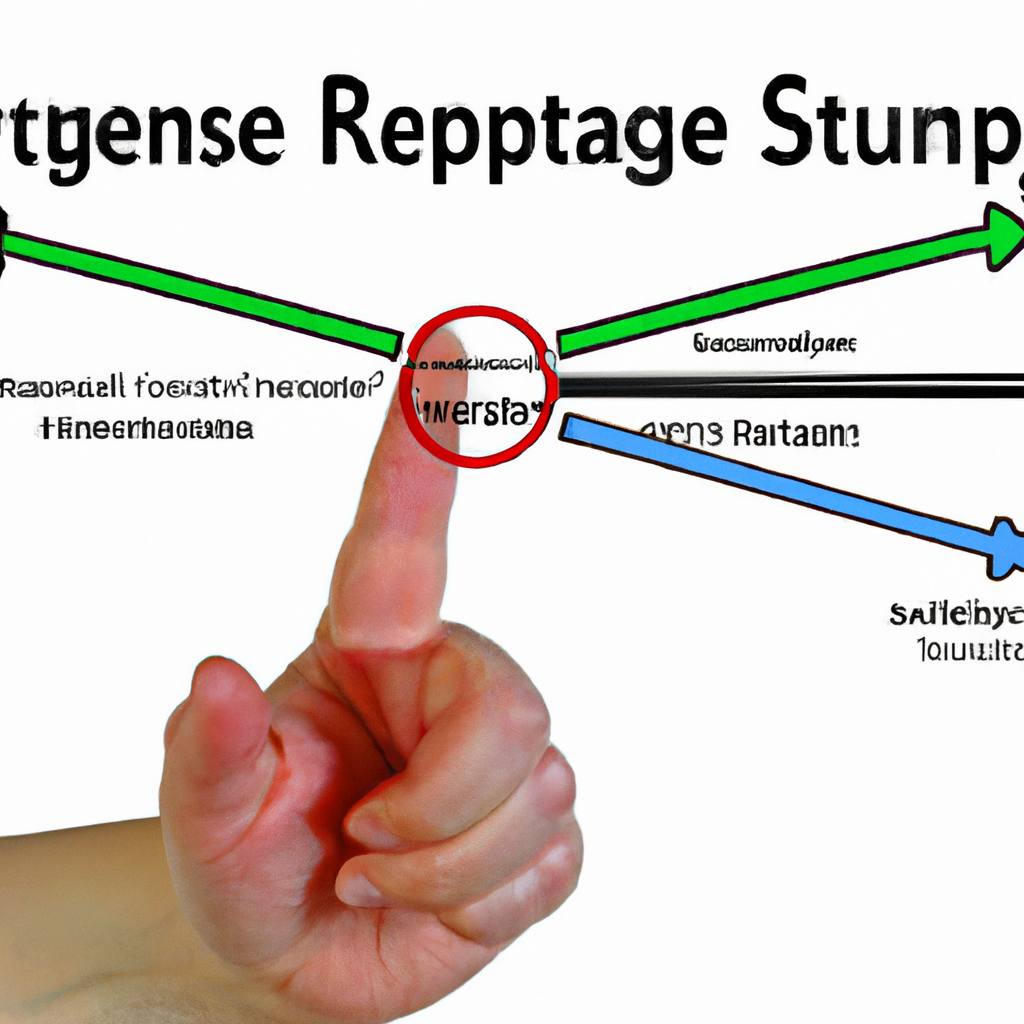
Mastering Support and Resistance Zones in Trading
Understanding Support and Resistance Zones
Support and resistance zones are fundamental concepts in the financial markets, offering insights into potential turning points on price charts. These zones are not precise numbers but areas that provide key levels where prices repeatedly stall and reverse. Identifying these zones effectively can significantly enhance trading strategies, enabling traders to make informed decisions about entry and exit points.
Identifying Support Zones
Recognizing Historical Price Levels
The first step in identifying support zones is to analyze the chart for areas where the price has consistently bounced upwards after a decline. These are levels where buying interest is substantially strong enough to overcome selling pressure, suggesting a bullish sentiment among traders at this price level.
Spotting Round Numbers and Psychological Levels
Often, support zones form around round numbers or psychological price levels (e.g., 1.2000 in EUR/USD, 100.00 in USD/JPY), as traders place buy orders at these easily remembered levels. Monitoring for rebounds around these figures can reveal potential support zones.
Utilizing Moving Averages
Moving averages can act as dynamic support zones, particularly the 50-day and 200-day moving averages. A price bouncing off these moving averages suggests a strong area of buyer interest that can be considered a support zone.
Identifying Resistance Zones
Locating Historical Price Ceilings
Conversely, resistance zones are identified by finding areas where the price has consistently failed to break higher, indicating selling pressure overwhelms buying interest. These resistance zones represent a bearish sentiment where sellers are expected to enter the market.
Observing Round Numbers and Psychological Levels
Like support zones, resistance zones often form near round numbers or psychological levels due to the tendency of sellers to wait for such markers to place sell orders. A price rejection at such levels may indicate a strong resistance zone.
Employing Moving Averages
Dynamic resistance zones can also be identified through moving averages, especially when a downtrend bounces off a particular moving average line. This resistance zone indicates traders’ willingness to sell, seeing the moving average as an opportune level.
Confirming Support and Resistance Zones
Volume Confirmation
Volume plays a crucial role in confirming support and resistance zones. A significant increase in volume accompanying a price rejection at these zones serves as a confirmation of strong buyer or seller interest, solidifying the zone’s significance.
Price Action and Candlestick Patterns
Candlestick patterns and other price action signals can provide additional confirmation of support and resistance zones. Reversal patterns such as pin bars, engulfing candles, or doji stars occurring at these zones can offer clues about impending price movement direction.
Wrapping Up
Successfully identifying key support and resistance zones requires practice and patience. Traders should combine historical price analysis with volume, price action, and other technical indicators for the best results. Over time, developing this skill will lead to more informed trading decisions and the potential for increased profitability.
